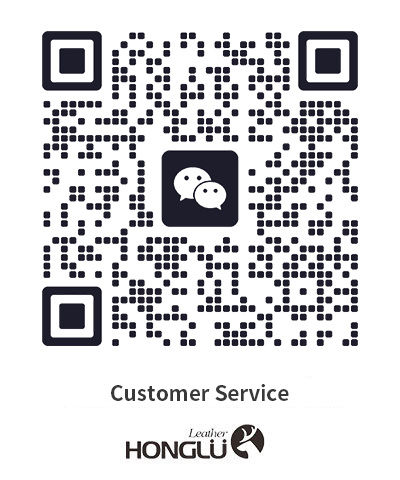18
2025
-
08
Exploring the Benefits and Applications of Recycled PU Leather
In recent years, the textile and leather industries have been increasingly focusing on sustainable practices, and one notable innovation is recycled PU leather. This material, derived from post-consumer and post-industrial polyurethane, offers numerous benefits while significantly reducing environmental impact. Understanding the characteristics and applications of recycled PU leather can enhance y
In recent years, the textile and leather industries have been increasingly focusing on sustainable practices, and one notable innovation is recycled PU leather. This material, derived from post-consumer and post-industrial polyurethane, offers numerous benefits while significantly reducing environmental impact. Understanding the characteristics and applications of recycled PU leather can enhance your knowledge and assist in making informed decisions regarding sustainable materials.
Recycled PU leather retains many of the desirable qualities of traditional PU leather, such as durability, flexibility, and water resistance. The production process involves incorporating reclaimed materials, which helps minimize waste and decreases the demand for virgin resources. By utilizing existing materials, recycled PU leather contributes to a circular economy, promoting sustainability within the industry.
One of the primary advantages of recycled PU leather lies in its environmental benefits. Traditional leather production is resource-intensive, requiring significant water, land, and energy. In contrast, recycled PU leather uses fewer resources overall and results in lower carbon emissions. By choosing recycled materials, manufacturers and consumers alike can play a crucial role in reducing their ecological footprint.
In terms of applications, recycled PU leather is incredibly versatile. It can be used in various products, including apparel, bags, furniture upholstery, and automotive interiors. Its aesthetic appeal, combined with its eco-friendly nature, makes it an attractive choice for brands aiming to align with sustainable practices while delivering high-quality products. Moreover, designers appreciate its ability to mimic the look and feel of genuine leather, allowing for creativity without compromising on ethics.
The growing demand for recycled PU leather reflects a broader shift in consumer preferences toward sustainable materials. As awareness of environmental issues increases, customers are more inclined to support brands that prioritize eco-friendly practices. By incorporating recycled PU leather into their product lines, businesses can not only meet consumer expectations but also enhance their brand image as responsible and forward-thinking.
In conclusion, recycled PU leather stands out as a practical and sustainable alternative to traditional leather. Its benefits range from reduced environmental impact to versatile applications, making it a favorable choice in the textile and leather industries. As you consider materials for your next project, exploring the potential of recycled PU leather can lead to innovative, eco-conscious solutions that resonate with today's environmentally aware consumers.
Recycled PU leather retains many of the desirable qualities of traditional PU leather, such as durability, flexibility, and water resistance. The production process involves incorporating reclaimed materials, which helps minimize waste and decreases the demand for virgin resources. By utilizing existing materials, recycled PU leather contributes to a circular economy, promoting sustainability within the industry.
One of the primary advantages of recycled PU leather lies in its environmental benefits. Traditional leather production is resource-intensive, requiring significant water, land, and energy. In contrast, recycled PU leather uses fewer resources overall and results in lower carbon emissions. By choosing recycled materials, manufacturers and consumers alike can play a crucial role in reducing their ecological footprint.
In terms of applications, recycled PU leather is incredibly versatile. It can be used in various products, including apparel, bags, furniture upholstery, and automotive interiors. Its aesthetic appeal, combined with its eco-friendly nature, makes it an attractive choice for brands aiming to align with sustainable practices while delivering high-quality products. Moreover, designers appreciate its ability to mimic the look and feel of genuine leather, allowing for creativity without compromising on ethics.
The growing demand for recycled PU leather reflects a broader shift in consumer preferences toward sustainable materials. As awareness of environmental issues increases, customers are more inclined to support brands that prioritize eco-friendly practices. By incorporating recycled PU leather into their product lines, businesses can not only meet consumer expectations but also enhance their brand image as responsible and forward-thinking.
In conclusion, recycled PU leather stands out as a practical and sustainable alternative to traditional leather. Its benefits range from reduced environmental impact to versatile applications, making it a favorable choice in the textile and leather industries. As you consider materials for your next project, exploring the potential of recycled PU leather can lead to innovative, eco-conscious solutions that resonate with today's environmentally aware consumers.
Related news
undefined






